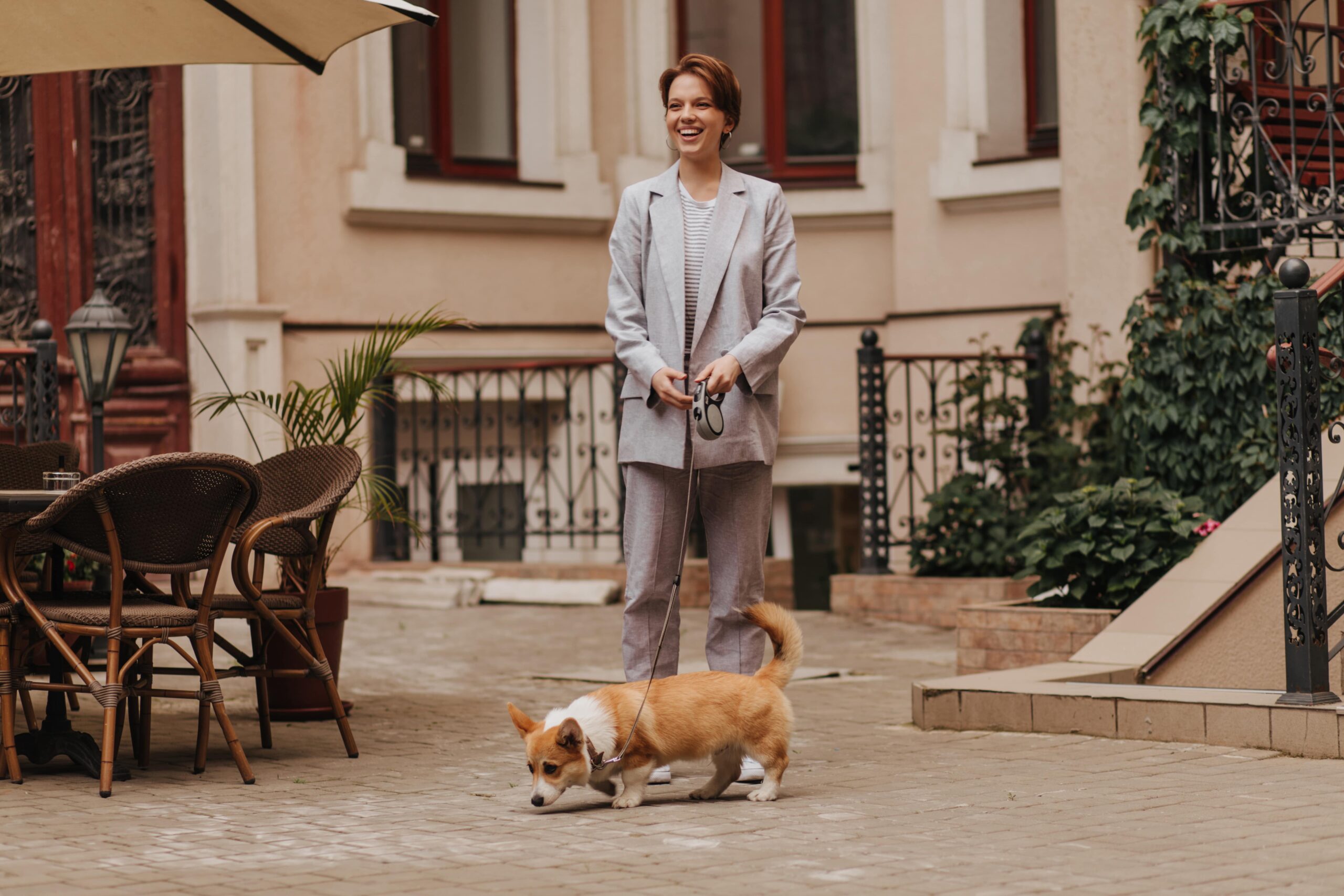Dog walking memory can your dog recall past walking moments
Dog walking memory plays a major role in the way dogs behave on familiar walking routes. When you find your dog tugging toward a certain street, slowing near a specific gate, or reacting emotionally to certain corners, you’re witnessing dog walking memory in action. Dogs don’t simply walk; they store emotional and sensory memories tied to their routes.

The fact that we as humans, through the use of dogs, can recall certain walking paths and assign some type of emotional substance to these walking paths, makes this an exciting and pertinent notion towards how we organize our walks, how we train our dogs, and how we learn about the psychology of the dog.
Dog Walking Memory and Spatial Recall
Dogs possess good spatial memory. They can recall the location of food, a scary dog that barked at them, a fellow playmate, or the site of some exciting event. Dogs remember: even after long intervals:
- patterns of turns and direction.
- Specific scents on the route
- hearing inducement, such as barking or traffic.
- places associated with emotional experiences.
To illustrate, a dog may not remember the birthday of a human being, but it can recollect the specific corner that it used to come across a fallen piece of bread, or a kindly dog. This memory is, in part, given the sense of scent association; dogs smell the world in their nose, and scent has some kind of emotional meaning.
Emotional Memory: Not Just Instinct Real Feeling
Dogs do not just walk; they internalize things.
Consider these scenarios:
- In a specific crossing, a loud truck terrified a dog, and that is why he became shy at that crossroads.
- On one occasion, a neighbor came out with treats on the street, and the dog dragged him to the street.

- One of the other dogs was growling near a house gate. The dog attempts to come out of it later.
These are not just random actions that occur in individuals; they are emotional recollections associated with certain places.
More so, dogs do not forget easily. One bad or good experience during a walk can leave a strong imprint on their long-term memory.
Do Dogs Navigate Routes or Follow Scents?
Funny enough, dogs do not take the road solely by sight as human beings do. They primarily use:
- scent patterns
- ground vibrations
- environmental sounds
- the owner’s body language
When you take a rather different path, your dog may determine to be alert or curious. When you have gone away for weeks or months and come back by a known path, most of the dogs will at once pick it out.
They do not make use of great reasoning – they make use of sensory mapping. What you might call a road, they count as a fine aroma storehouse of smell and emotion.
Memory-Based Reactions: You’ve Probably Seen These
You may have noticed your dog:
- rushes towards a favorite park.
- halts at a place where it encountered a friend
- who shows interest in formerly blocked paths.
- becomes jittery when something awful has occurred
- Circles or sniffs round about well-known corners.
Emotional mapping in action. Dogs are not great at forgetting context, but space.
The Human Connection: Your Emotions Also Influence Their Memory
Surprisingly, dogs read between the lines. Your tension, confidence, excitement, or impatience is included in their emotional coding of the trail.
For example:
- Should you be calm on a nice walk out the dog would relate that path with happiness and security.
- When you were stressed or tugging the leash, the next time you do it, the dog would feel tension.
When this is so, it is not only that dogs can memorize the environment, but they are also able to memorize the emotional experience they share.
How to Use This Understanding for Better Walks
Positive associations can be developed consciously to enhance the experience of walking your dog.

Try this:
- Add some diversity to the walking paths.
- Get out of environments of recurrent negative stimulus.
- Promote sniff walks – take time for coffee.
- praise learning and demean behavior.
- reward at some milestones or encourage positively.
This can be used to build a joyful emotional overlay on paths – much like human beings cherish some of their walking or travelling memories.
Routine vs. Novelty: Which Is Better?
Both have benefits.
Routine routes help:
- Reinforce the feeling of safety
- build familiarity
- reduce anxiety
New routes help:
- stimulate mental activity
- improve adaptability
- reduce boredom
The best balance?
A routine of stability and frequent experimenting with new directions.
Final Thought: Dogs Don’t Just Walk, They Experience
A walk is not just an exercise for your dog.
It is:
- emotional processing
- memory building
- sensory exploration
- bonding time with you
Next time your dog runs faster or slower at a particular stage, then you know, there is something in their memory calling them.
they are not merely totting with their paws that they have–
They are reliving a moment.
Petsfolio: Your Partner in Understanding Your Pet Better
We know the behavior, emotional intelligence, and psychology of walking a dog at Petsfolio. Your pet will not only have an exercise, but also be taken out on walks that are not only enriching to their mind and uplifting emotionally and safely, but also by professionals. We assist in creating better behavior, bonding, and happier memories of your furry friend.
Send us a Message
Enjoy this post?
Check out some more great articles and other content.
Dog grooming myths in India are still widely believed, and this affects how pet paren...
Read The ArticleWhen a dog stops eating, it is one of the worst things that can happen to any pet own...
Read The ArticleEnvision fresh, thick milk coming directly from a calm and compact Punganur cow. This...
Read The Article
 Download App
Download App Join
Join Support
Support












